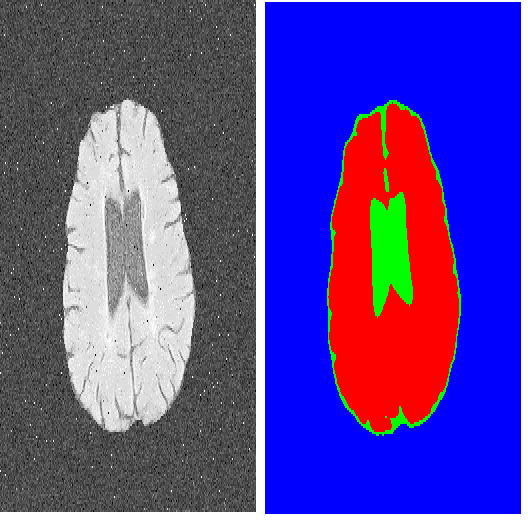Transformers have made remarkable progress towards modeling long-range dependencies within the medical image analysis domain. However, current transformer-based models suffer from several disadvantages: (1) existing methods fail to capture the important features of the images due to the naive tokenization scheme; (2) the models suffer from information loss because they only consider single-scale feature representations; and (3) the segmentation label maps generated by the models are not accurate enough without considering rich semantic contexts and anatomical textures. In this work, we present CASTformer, a novel type of adversarial transformers, for 2D medical image segmentation. First, we take advantage of the pyramid structure to construct multi-scale representations and handle multi-scale variations. We then design a novel class-aware transformer module to better learn the discriminative regions of objects with semantic structures. Lastly, we utilize an adversarial training strategy that boosts segmentation accuracy and correspondingly allows a transformer-based discriminator to capture high-level semantically correlated contents and low-level anatomical features. Our experiments demonstrate that CASTformer dramatically outperforms previous state-of-the-art transformer-based approaches on three benchmarks, obtaining 2.54%-5.88% absolute improvements in Dice over previous models. Further qualitative experiments provide a more detailed picture of the model's inner workings, shed light on the challenges in improved transparency, and demonstrate that transfer learning can greatly improve performance and reduce the size of medical image datasets in training, making CASTformer a strong starting point for downstream medical image analysis tasks.
翻译:在医学图像分析领域,变异器在模拟长期依赖性方面取得了显著进展,但目前的变异器模型存在若干不利之处:(1) 由于天真象征化方案,现有方法未能捕捉图像的重要特征;(2) 模型因信息丢失,因为它们只考虑单一尺度特征显示;(3) 模型产生的分解标签图不够准确,不考虑丰富的语义背景和解剖质。在这项工作中,我们为2D医学图像分解提供了新型的对立图像变异器。首先,我们利用金字塔结构来构建多尺度的表示和处理多尺度变异。然后,我们设计了一个新型的有意识变异器模型模块,以更好地了解带有语义结构的物体的区分区域。最后,我们使用一种对抗性培训策略,提高分解的准确性,从而允许基于变异器的导师获取高层次的定义相关内容和低层次的解剖特征。我们关于2D型结构结构结构结构结构结构结构结构结构的实验显示,我们利用金字塔结构结构结构结构结构结构的显著超越了多尺度,并处理多级的多级结构化变异性分析。 我们的模型的模型的模型显示前阶段性变异性模型的模型的模型, 正在开始阶段化模型的变异性分析,可以进一步的模型进行前的变式模型的变式分析, 改进了以前的模型的模型的模型的模型的变异性分析, 改进了以前的变式分析, 进一步的变式分析, 改进了前的变式模型的变式分析, 改进了以前的变式分析, 改进了以前的变式模型可以改进了以前的变式模型可以进一步的模型, 改进了以前的变式模型的变式分析,在级模型的变式模型可以改进了以前的变式模型中, 改进了以前的系统的模型的变式模型的变式模型的变式模型的变式分析, 改进了前的变式模型的变式模型的变式模型的变式分析, 改进了以前的变式模型的变式模型的变式模型中,可以进一步的变式模型的变式模型的变式模型的变式模型的变式模型的变式模型的变式模型的变式模型的变式模型的变式模型, 改进了以前的变式模型可以进一步的变式模型的




